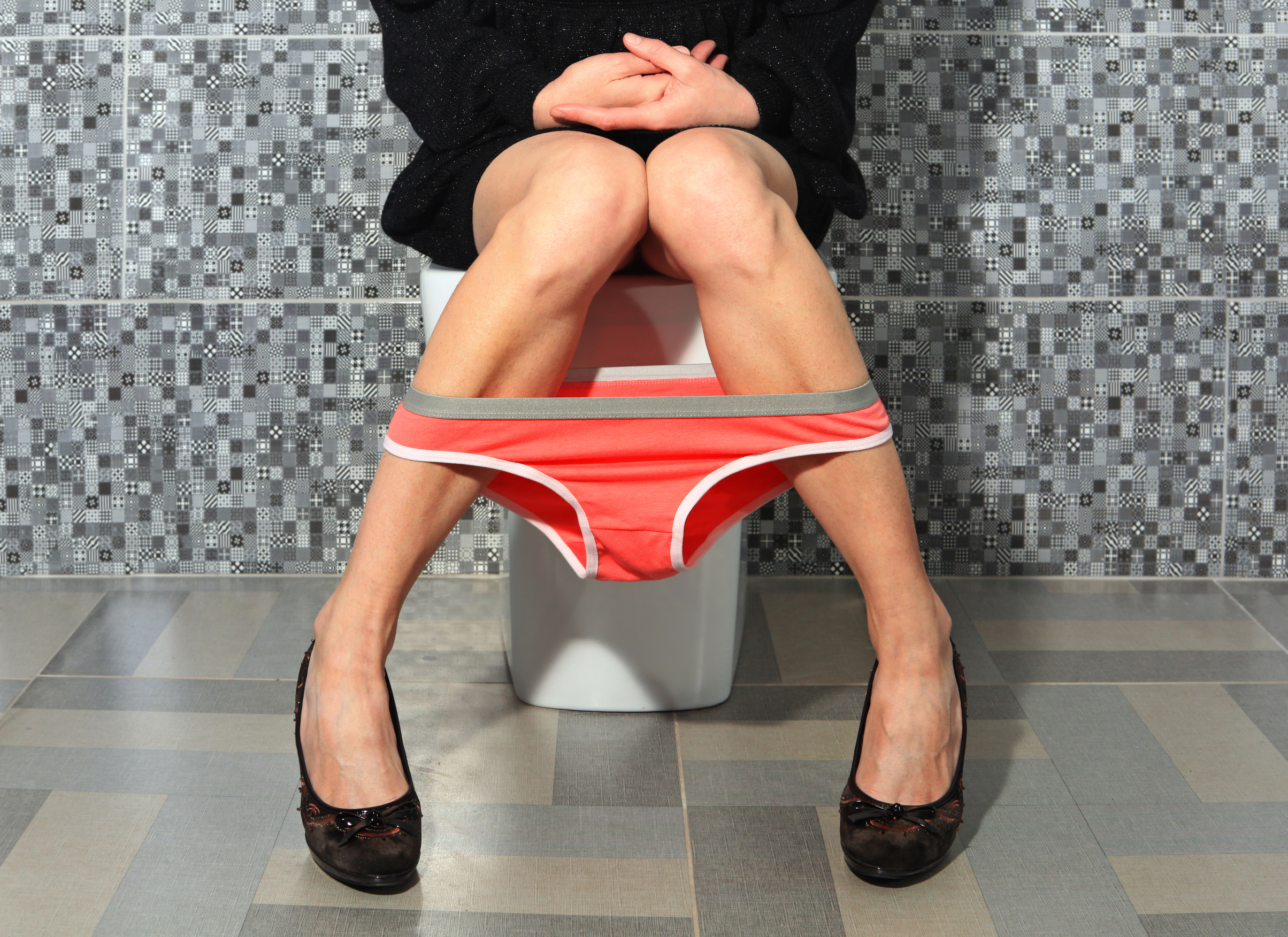

Sun - Mon:
8AM - 8PM
Appointments Only
Tues - Sat:
8AM - 8PM
Closed Dec 24, 25, & Jan 1.
Sat - Sun:
Closed
Mon - Fri:
10AM - 4PM
Closed Dec 24, 25, & Jan 1.
Copyright © Beautox Bar™ | BEAUTOX BAR AND COCKTAIL GLASS DESIGN is a Servicemark of Beautox Bar LLC. | 7372 Kirkwood Ct N, Maple Grove, MN 55369 | Policies and Procedures | Terms of Use and Privacy Policy